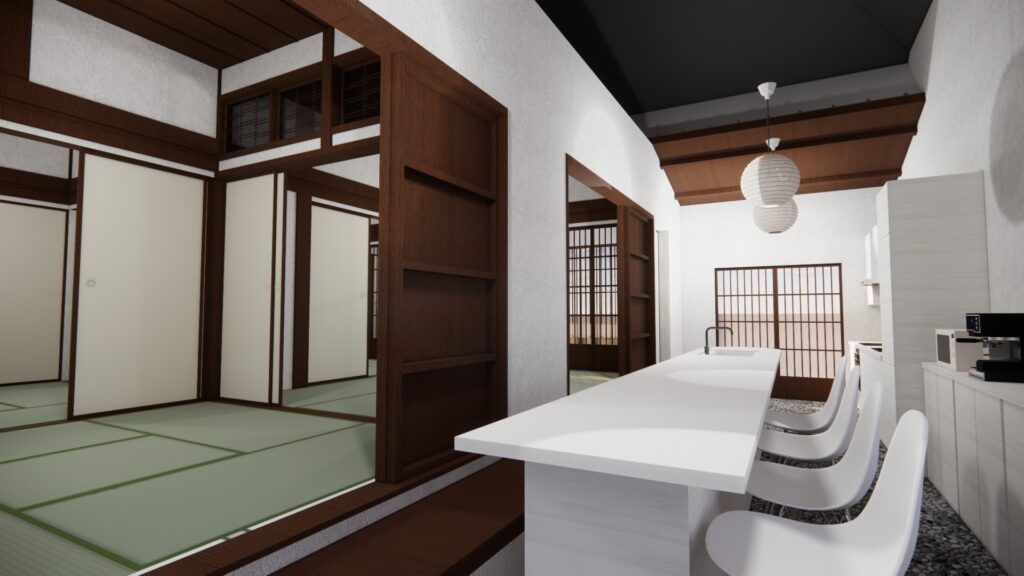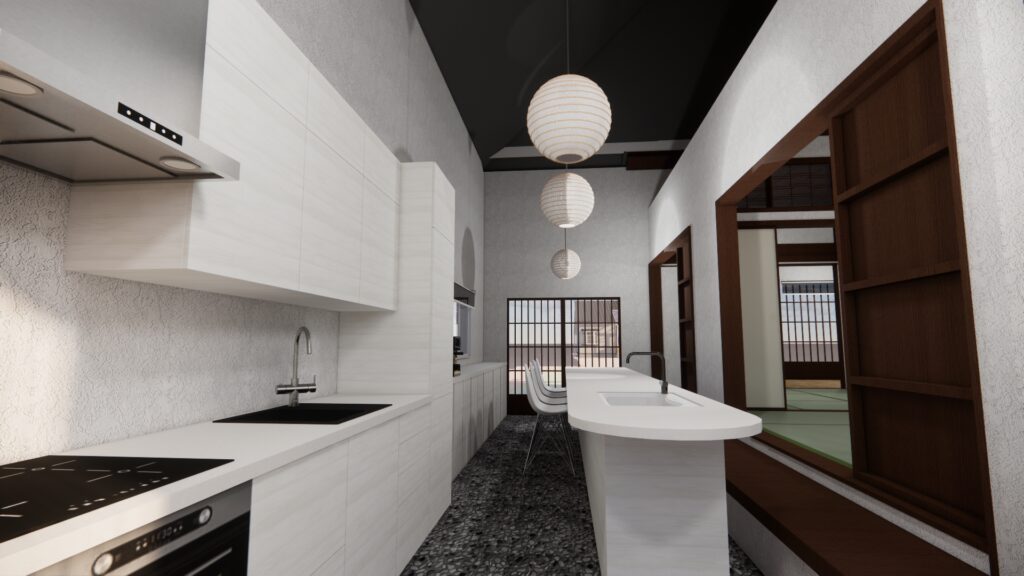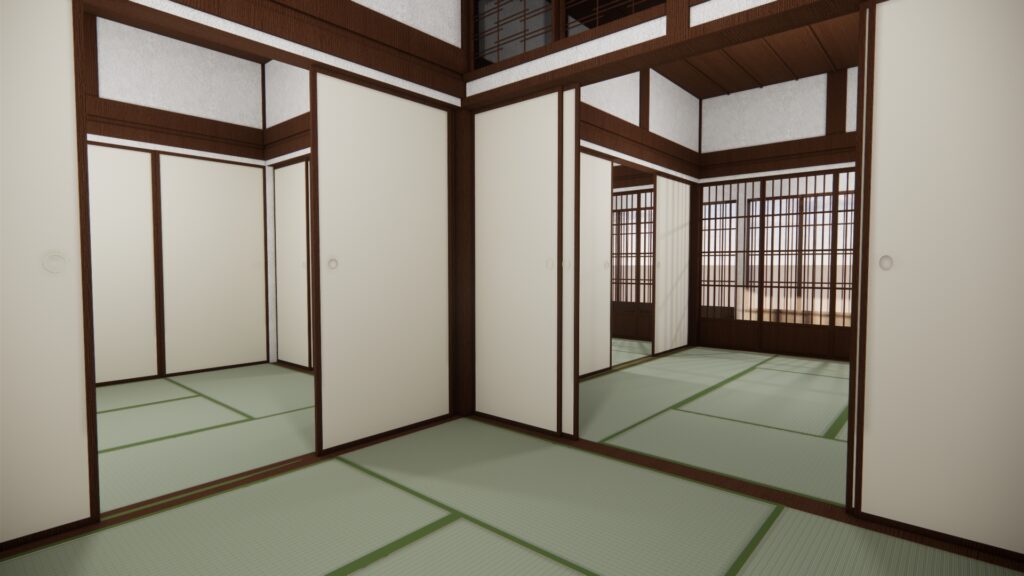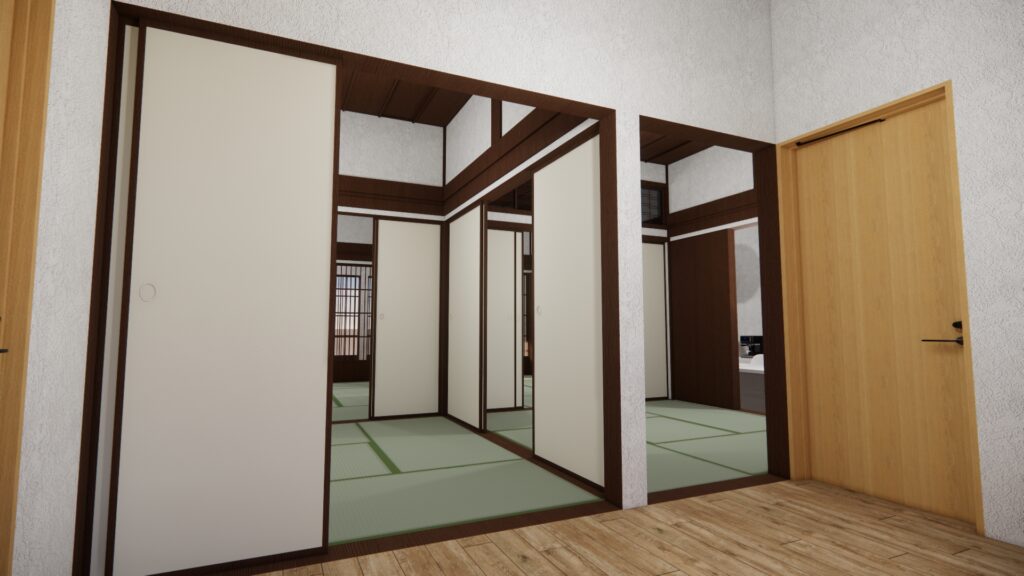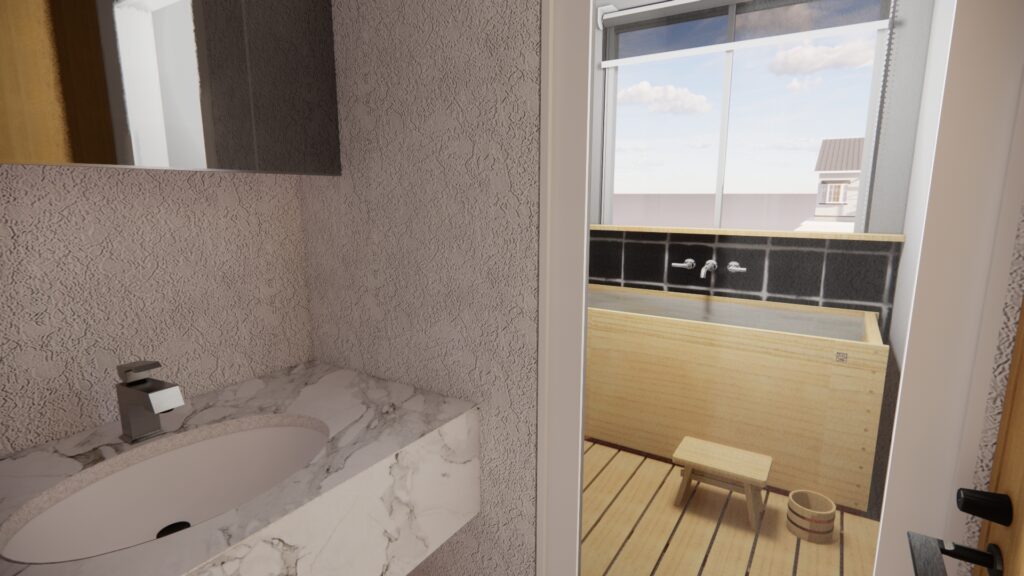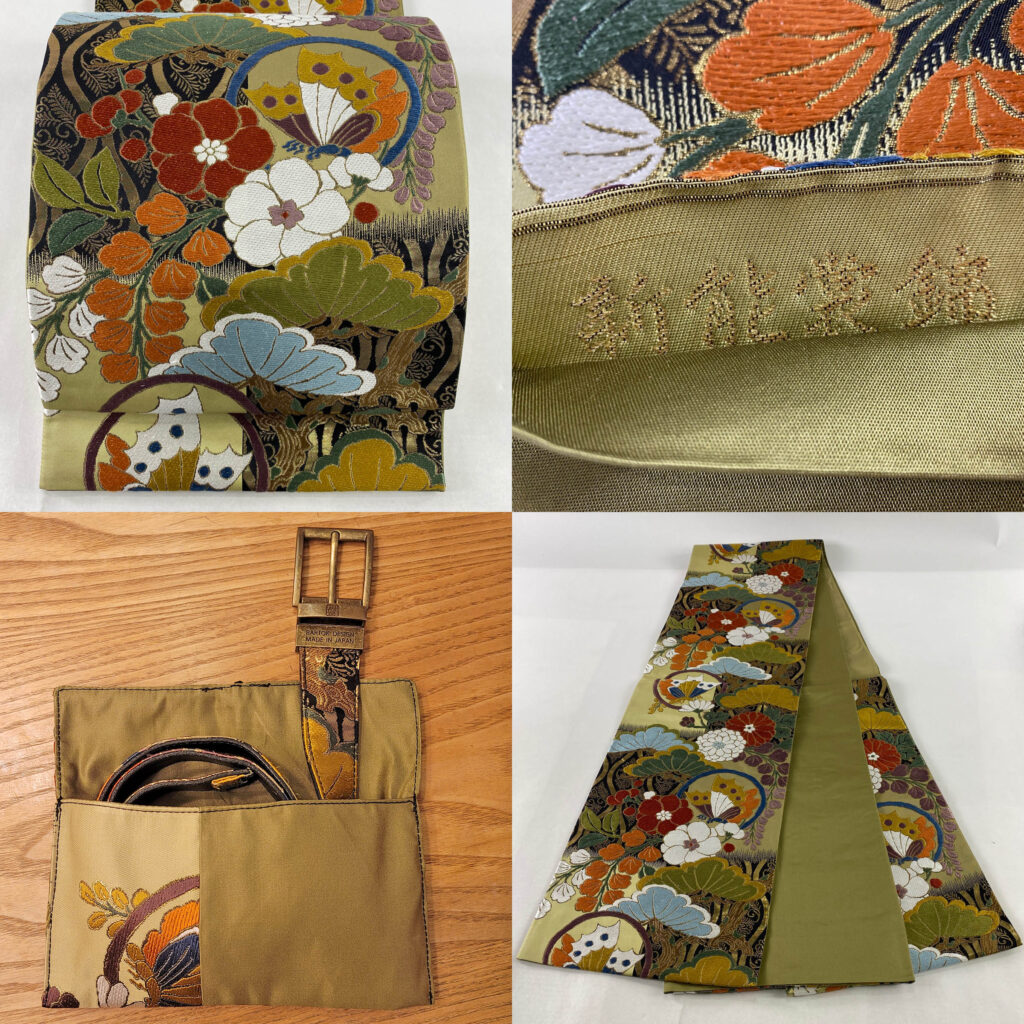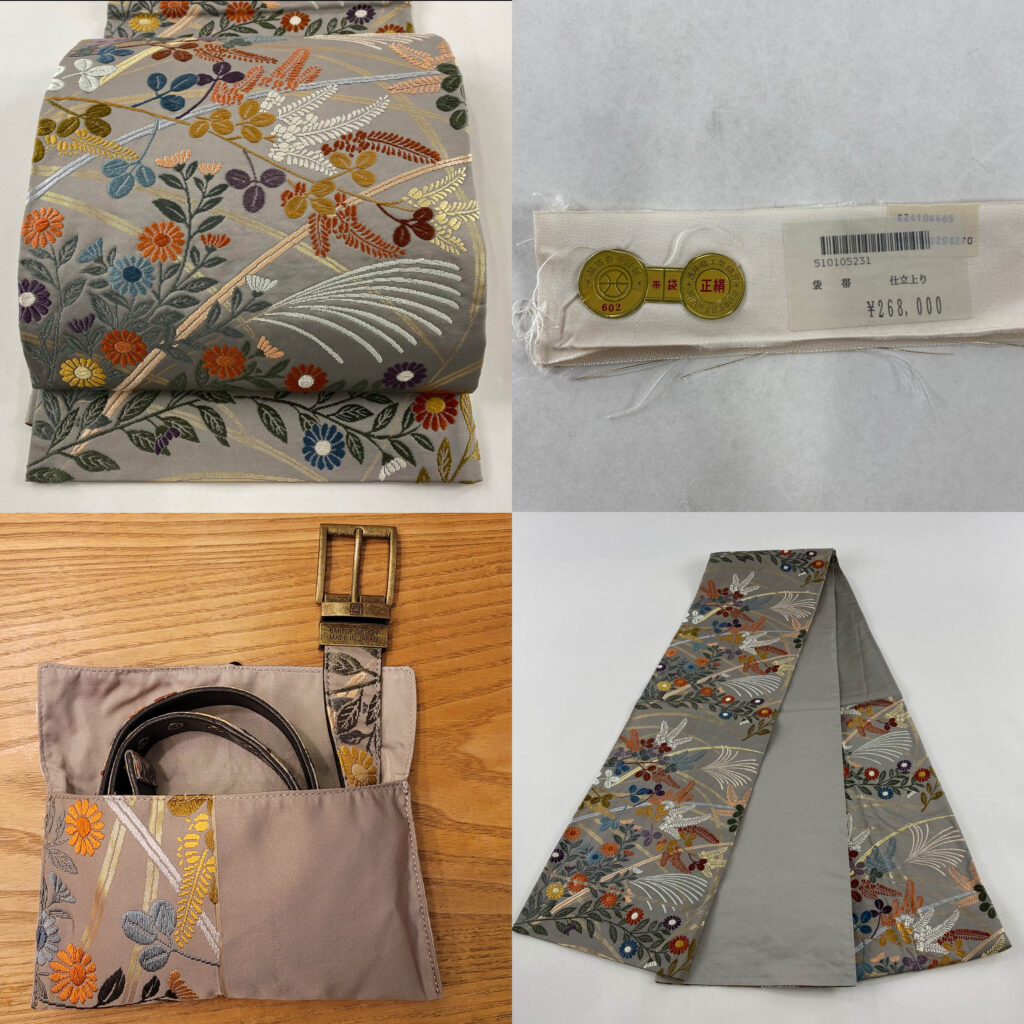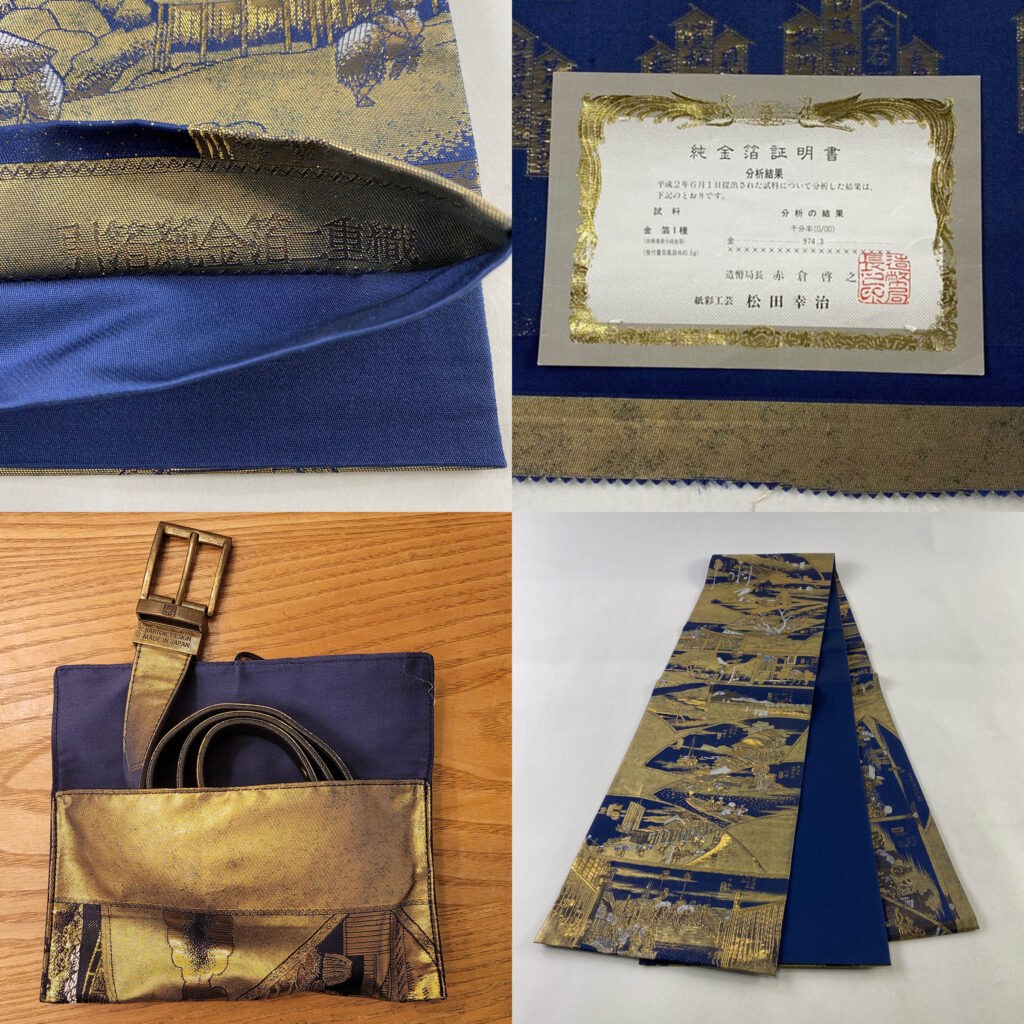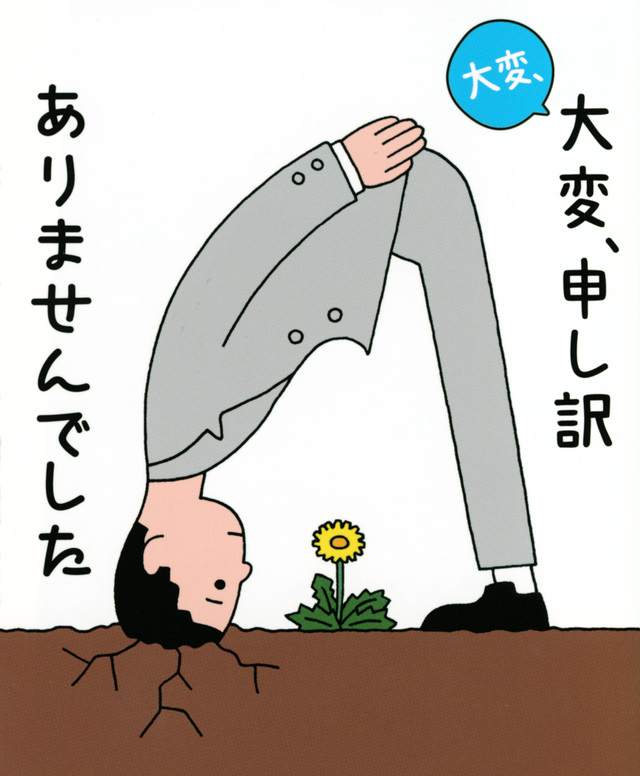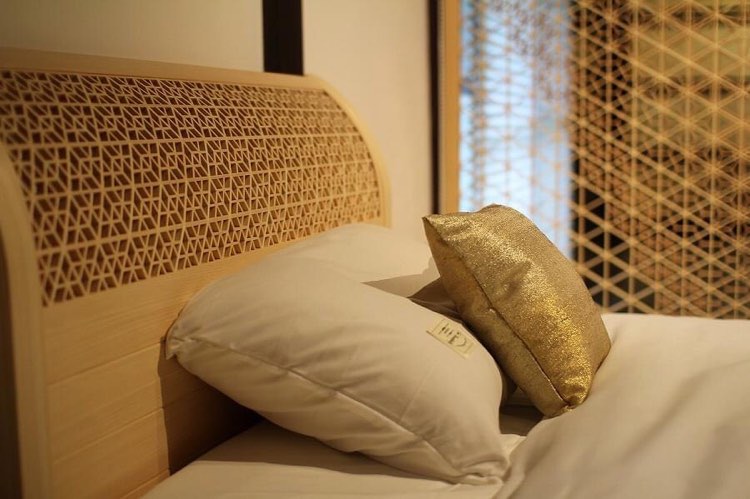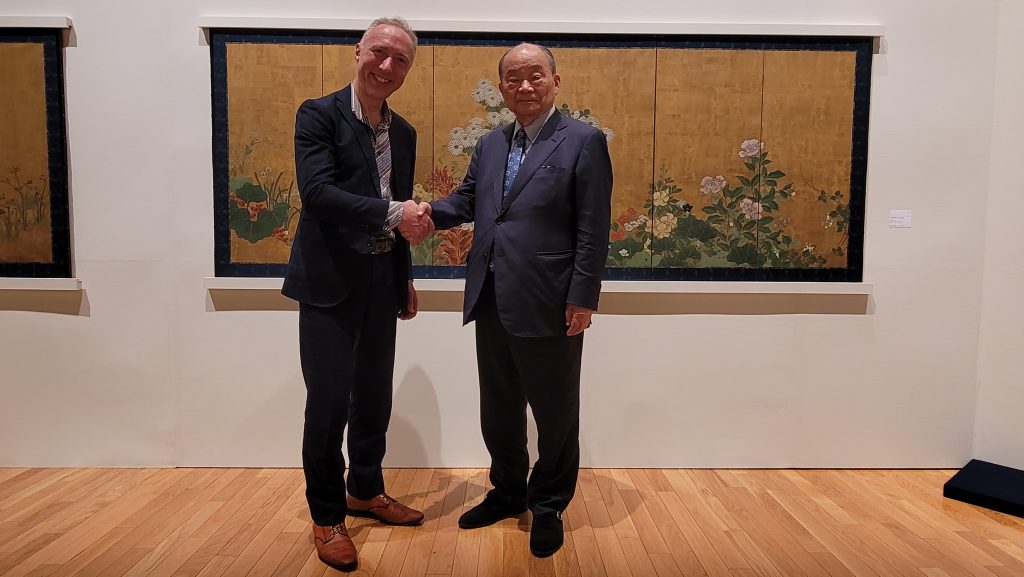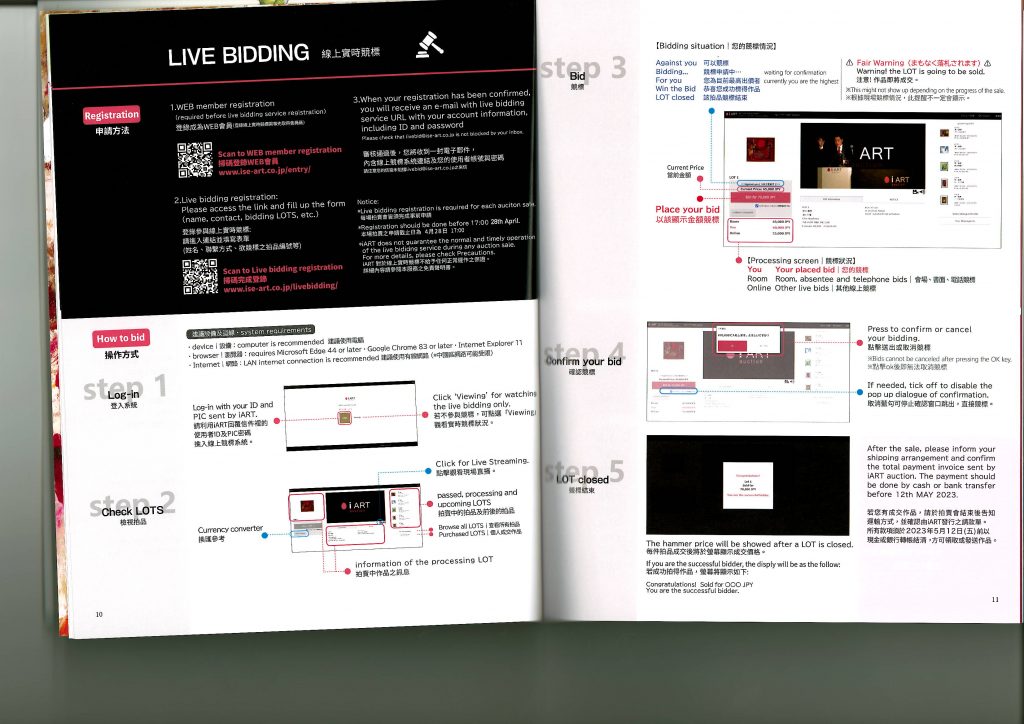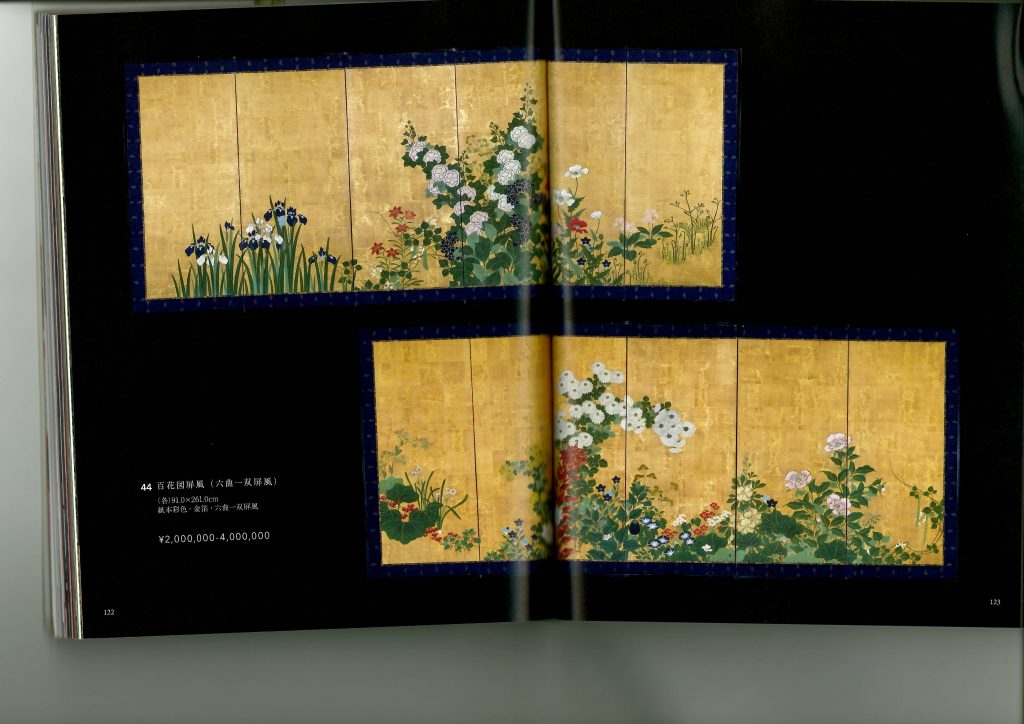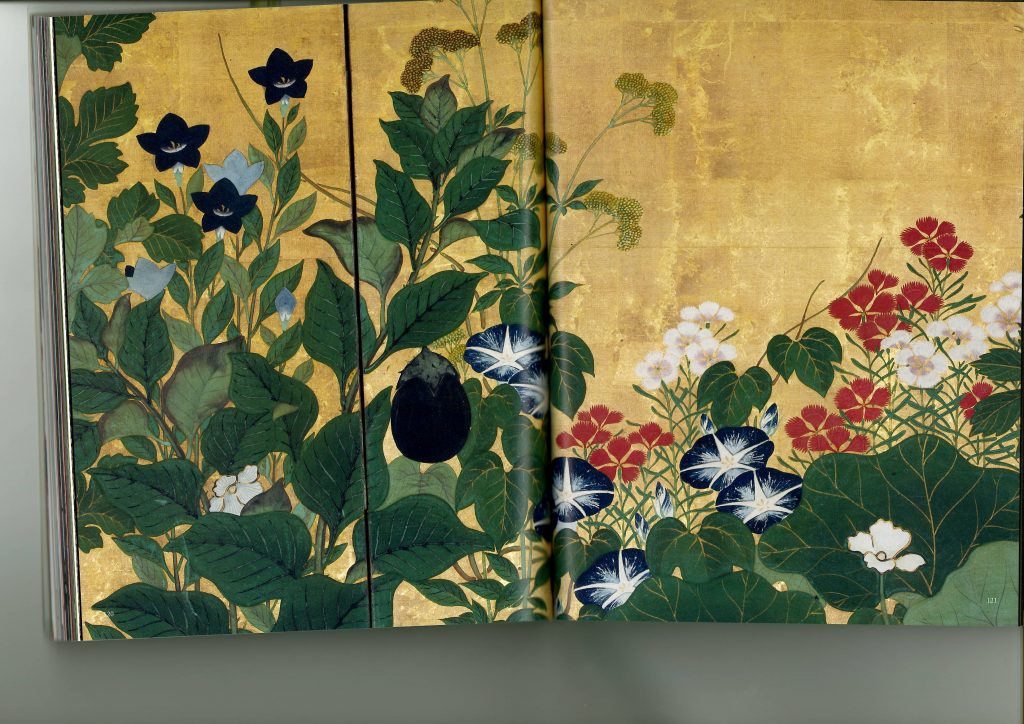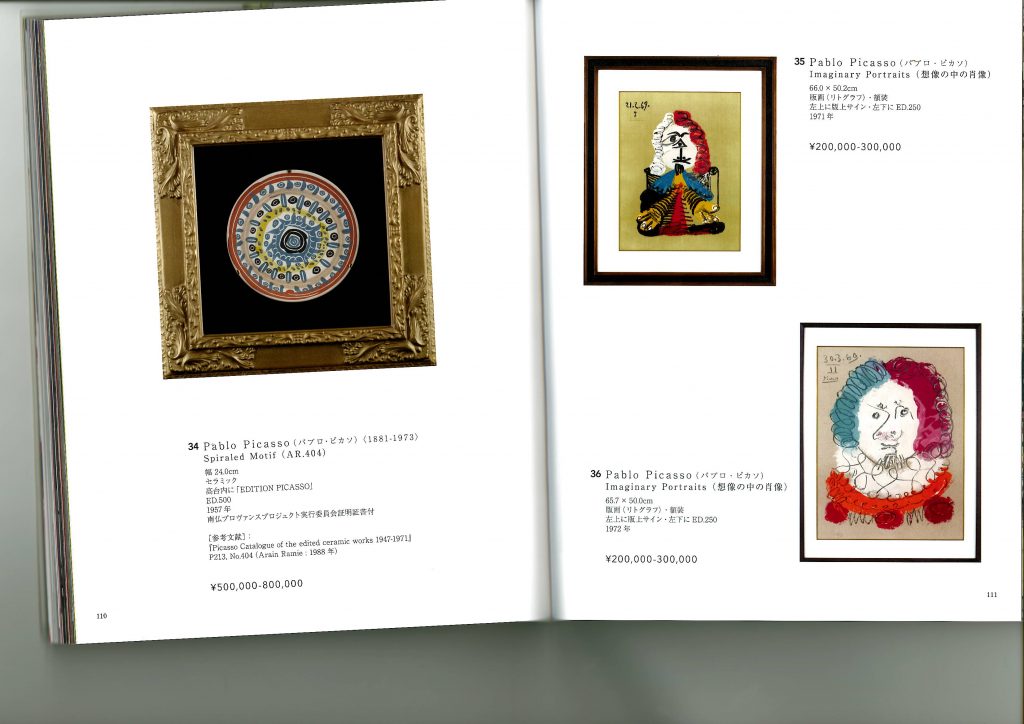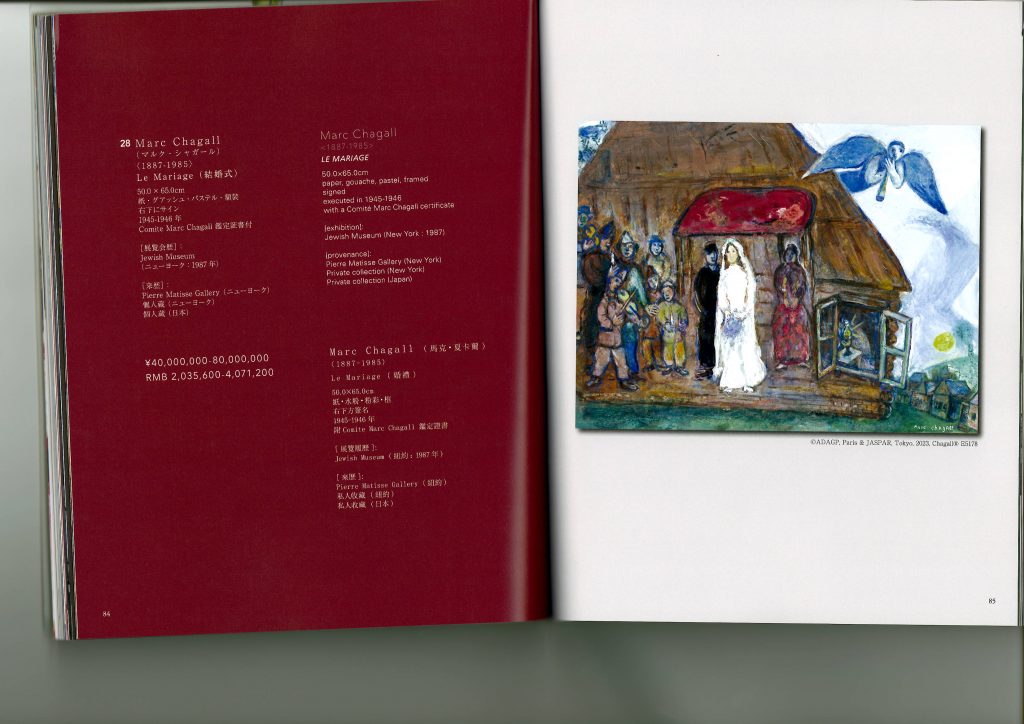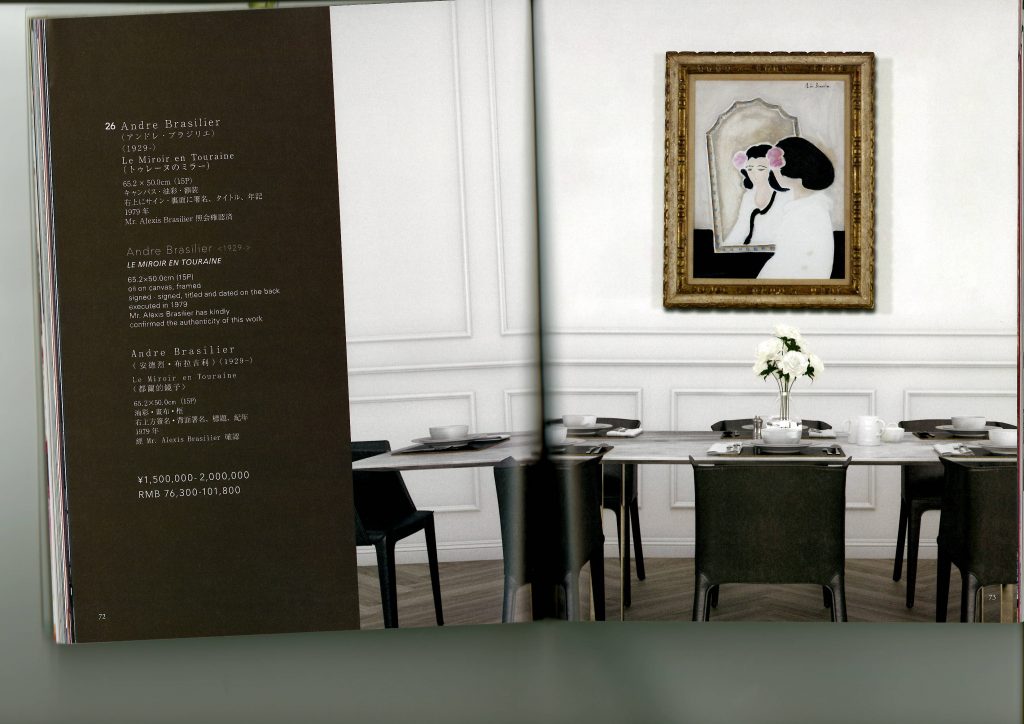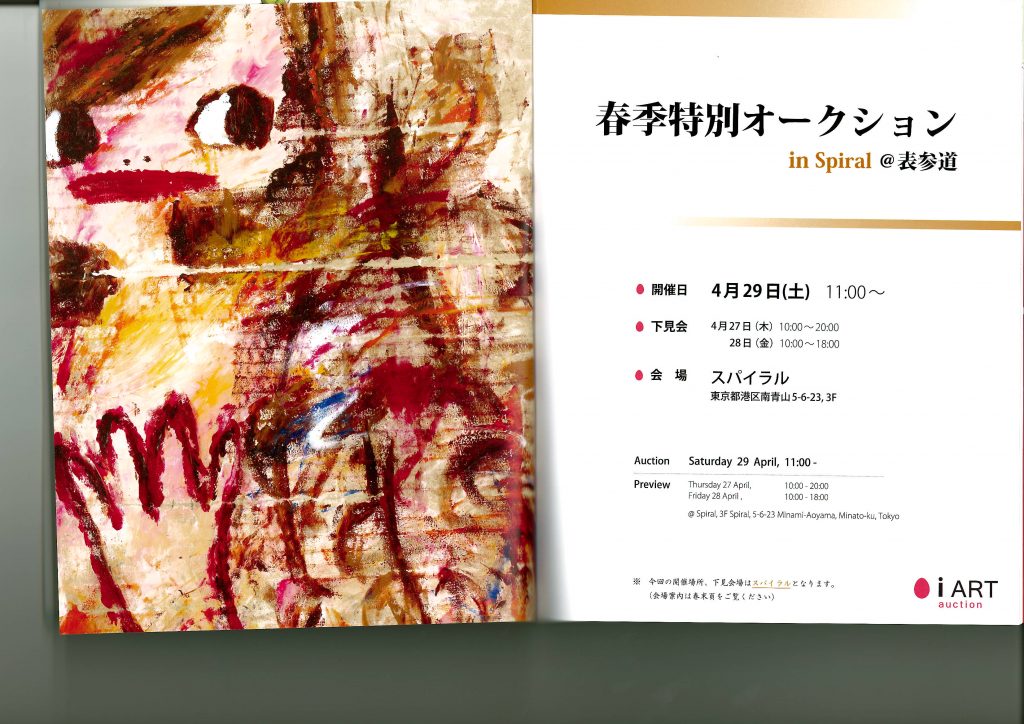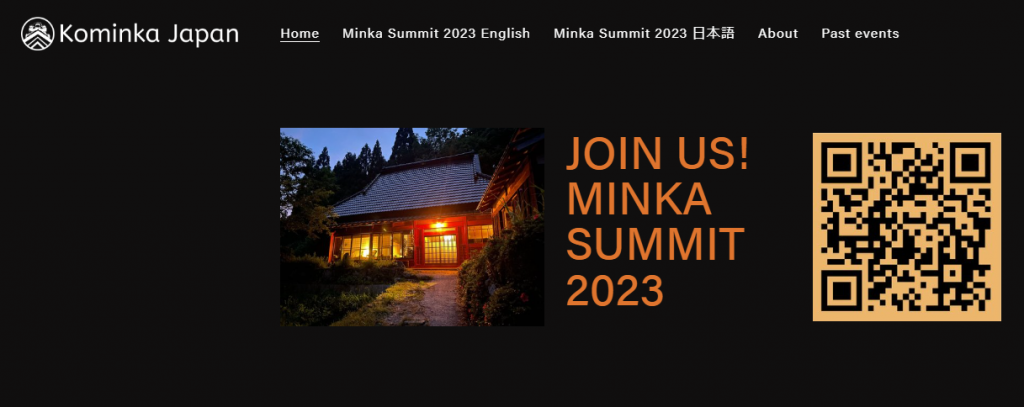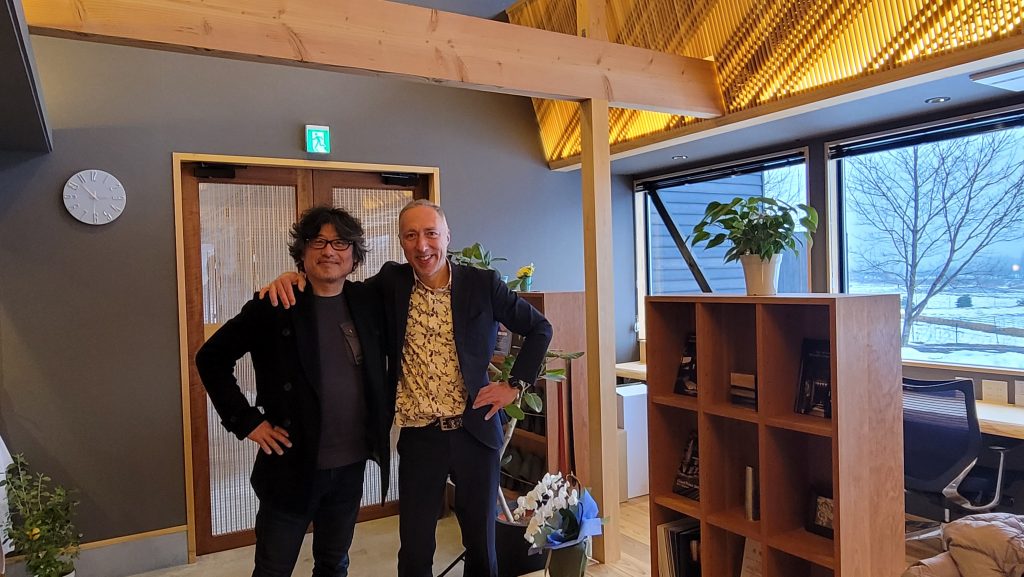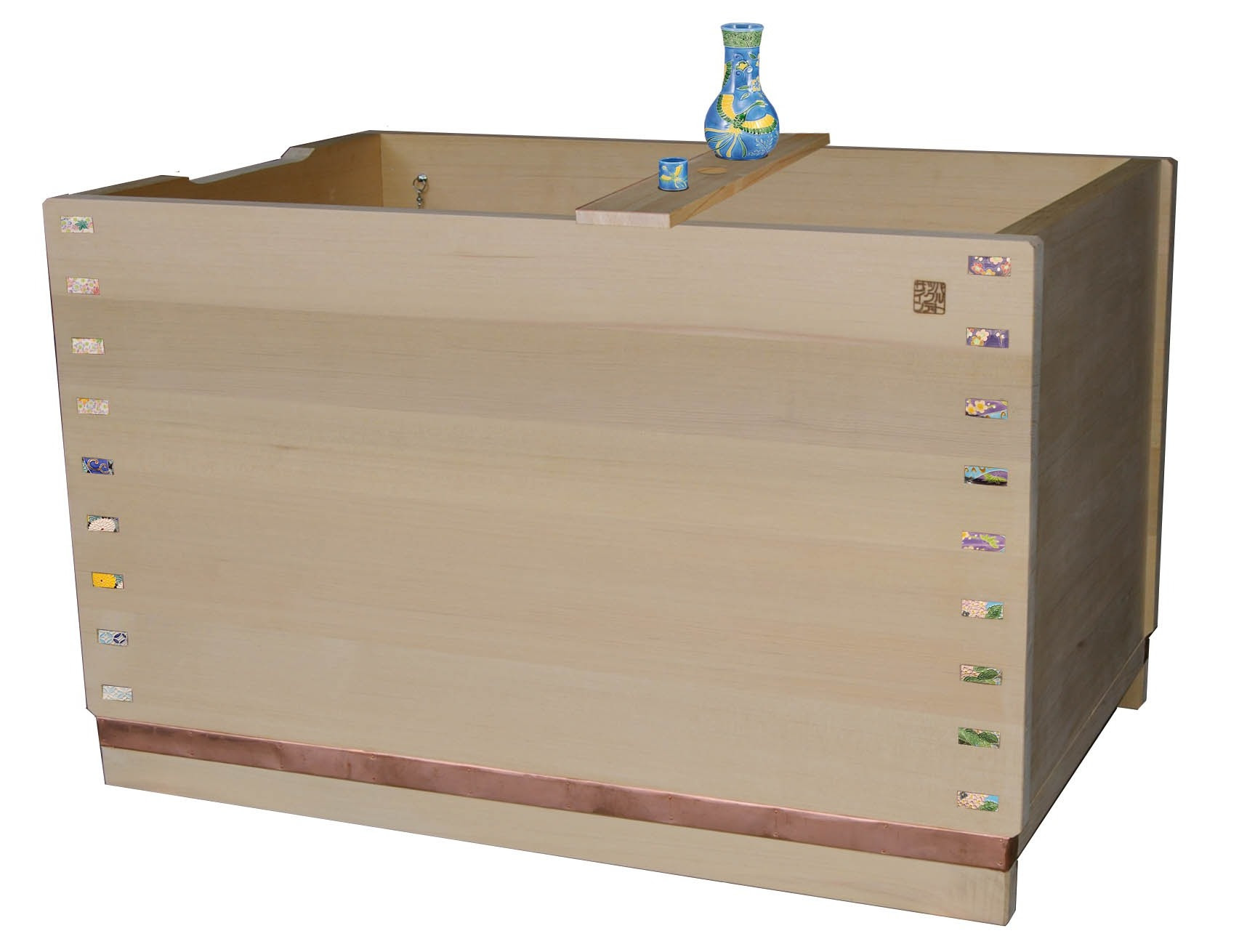Adopt a thatched roof kominka (urgent…)
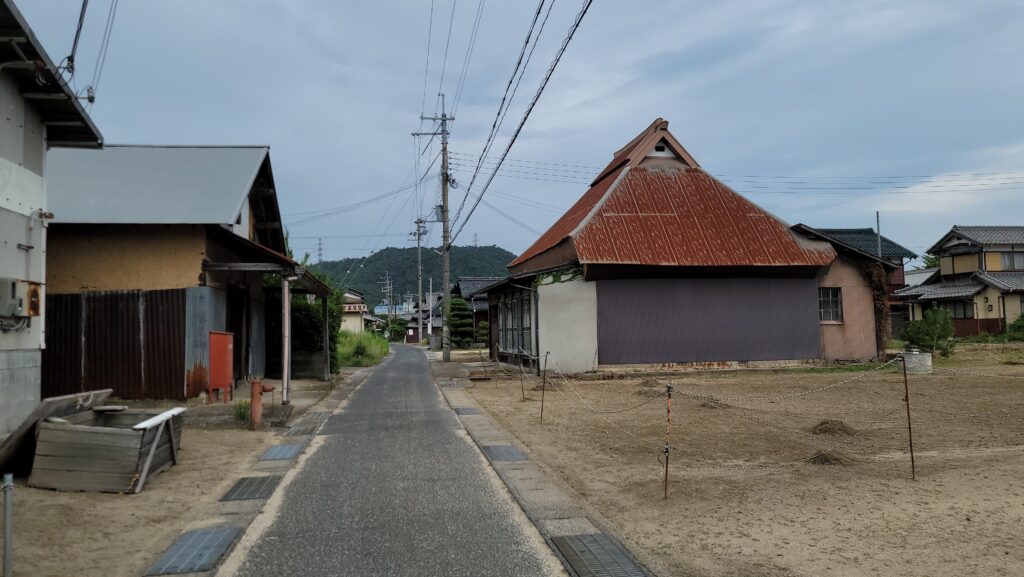
This cutie will be torn down in October.
See more photos from this link: https://photos.app.goo.gl/kKeHXLMNTJPS7KGr8
Foot print (at wall centerline) is about 10m x 9.7m. Add 1m all around for projected roof line.
1 Story. Over 100 years old.
Located in Miyazu city, near the seashore. The straw roof is covered with sheet metal, anyway as you can see from the interior pics, the foundation (on isolated tsukaishi) the large beams, the smoked bamboo covering the inside part of the roof, the bent beams inside the roof structure are perfectly healthy.
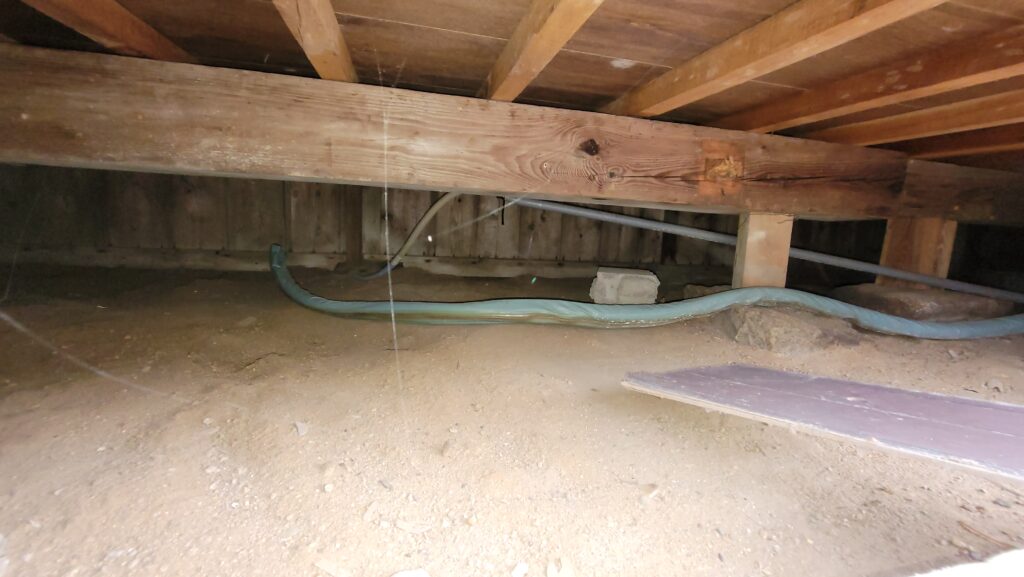
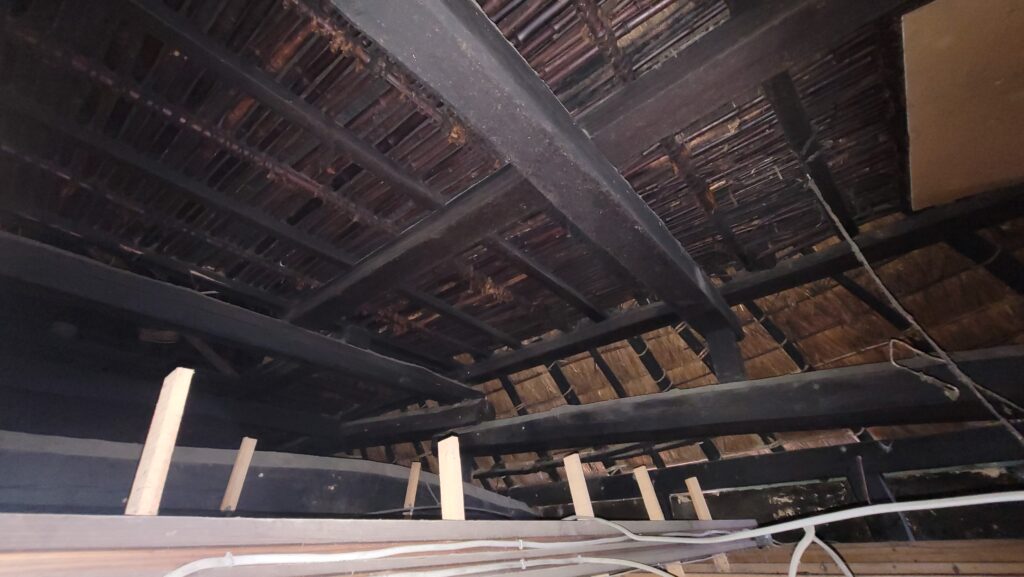

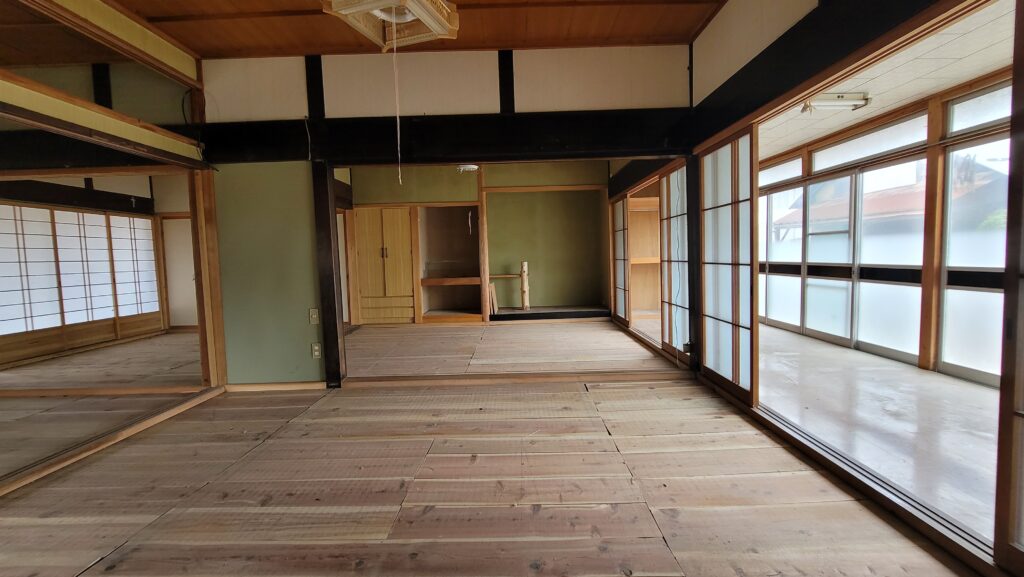
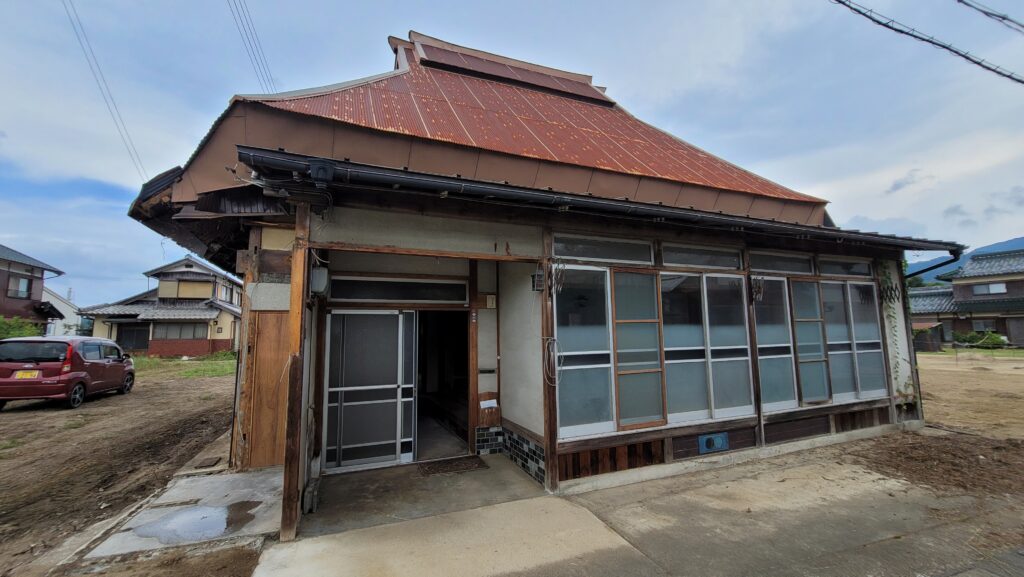
Cost of dismantling (parts numbering etc.) about 30,000 USD.
Timber frame is all made with nuki-construction. Basically not a single metal nail. You pull out some wedges and it can be neatly dismantled without damage for the parts.
Cost of transportation: I guess one 40 ft container, considering that you will have to provide for new tatami, new shoji and fusuma etc.
The windows are cheap aluminum frame sashes and should be replaced.
It would be wonderful if you could remake the straw locally – if at all possible.
The walls are tsuchi-kabe (adobe with bamboo framing) and should also be done on site.
Or you can do timber-frame walls if you are not a purist and finish the external walls with plaster or wood slats.
Basically, you can have the structure for 40,000 USD (roughly, including transportation.)
Depending on the construction costs in your area you will need to add 100,000 USD to build and finish it.
Let me know if interested and I can obtain more precise quotations.
Here below, is a proposal considering the creation of a “doma” concrete or stone floor for an open kitchen area and rebuilding the wet areas with a hinoki bathtub (YUIP!)



